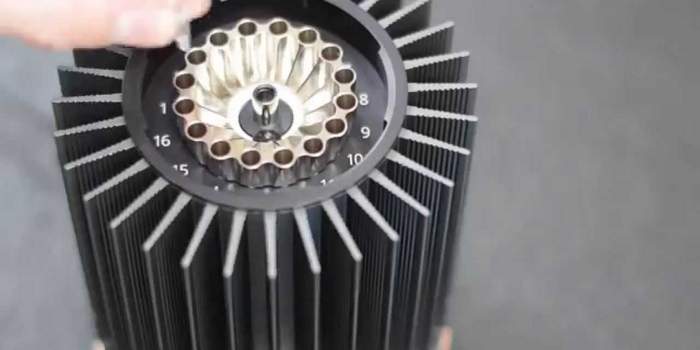
For Quality Control Month on CBB, we reached out to D.I. Engineering Corporation of America to understand the latest technology and techniques available for controlling S. diastaticus, specifically with its qPCR technology.
How do brewers control S. diastaticus successfully?
Spoilage bacteria can form as part of the natural decay in the brewing process and can result in wasted product and loss of profit. Detecting these bacteria in yeast stocks or in brewing equipment is the fastest and easiest way to avoid a problem.
Saccharomyces cerevisiae variety diastaticus (S. diastaticus) is a super-weakening variant of brewer’s yeast which can grow in finished beer, producing a secondary fermentation which creates unwanted tastes, causes alcohol level non-compliance, sedimentation, increased turbidity and increased carbon dioxide concentrations which creates a pressure build-up which can lead to exploding bottles/cans. They cause unwanted secondary fermentation in the packed bottles, cans or kegs and the biggest threat is the possibility of explosion when handled by the consumer, as it can cause physical injuries by over-pressurized packaging with excess CO2.
These cases have been found mainly by craft brewers in the U.S., but European brewers are also suffering from the issues recently caused by S. diastaticus. As we are an international company that has been working with overseas breweries, we see that this is becoming a worldwide issue.
Testing points to know
There are various critical testing points to control S. diastaticus contamination. Detecting the contamination in the earliest stage is best to save money. If you can detect the contamination of the incoming yeast from the suppliers, it is ideal. However, realistically our customers take samples out of brite tanks or fermenters prior to packaging, or they take samples out of packaged cans/bottles for qPCR testing.
Luckily our customers have never experienced S. diastaticus contamination, however, if contamination is found, they must trace the entire product chain to identify the contamination source then sanitize the entire production chain from the contamination point onward.
How DIEC’s qPCR system works
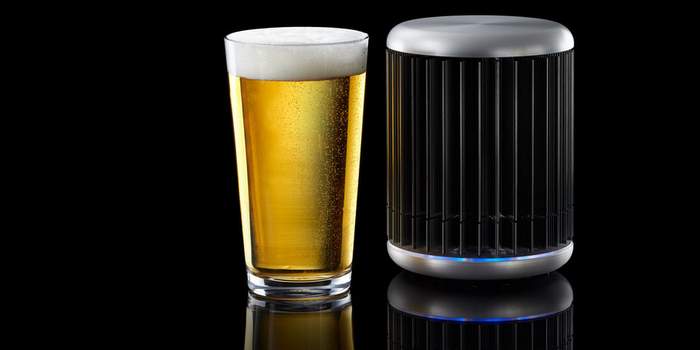
A brewing science study traced the cause of the S. diastaticus contamination by utilizing a real-time PCR (polymerase chain reaction) and 71% of them were caused by contamination events during the filling process.
The identification of S. diastaticus may be performed by traditional microbiological methods such as utilizing starch-containing agar plate, however, a single cell is enough to cause a bottle/can explosion, so no level of contamination is safe.
Therefore, we think the safest method to detect S. diastaticus is qPCR (real-time PCR) analysis, which an STA1 gene in the yeast can be identified quickly and most accurately. It is a sensitive detection method, plus quantitative results are useful in tracing the source of contamination.
We specially designed the genesig Easy Beer Spoilage Detection Kits and genesig q16, portable and easy to use real-time PCR for breweries who have no microbiological background, therefore, anyone can adopt this technology for their QC process and protect their assets from critical contaminations like S. diastaticus.

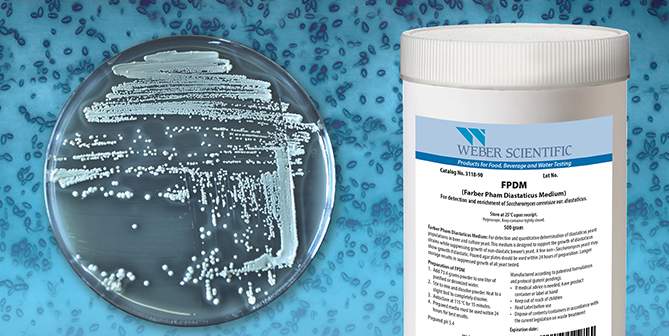

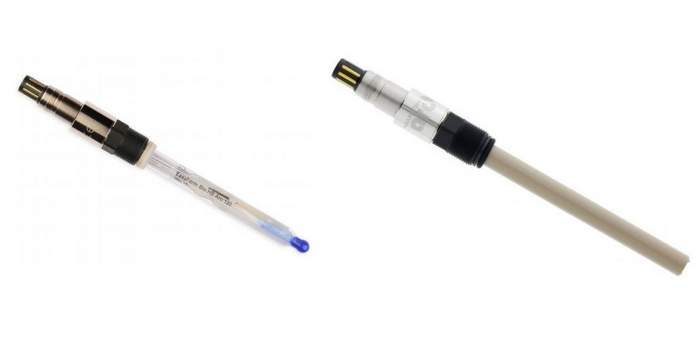
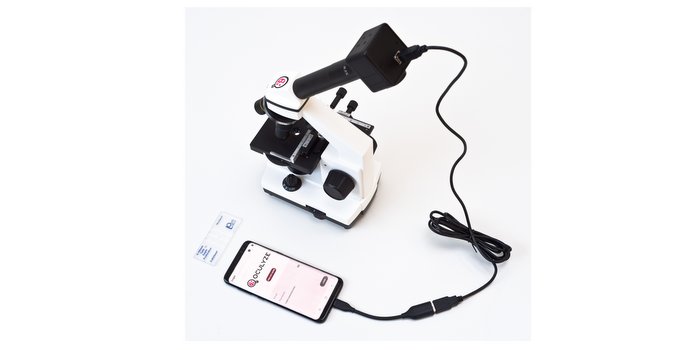
Leave a Reply
You must be logged in to post a comment.